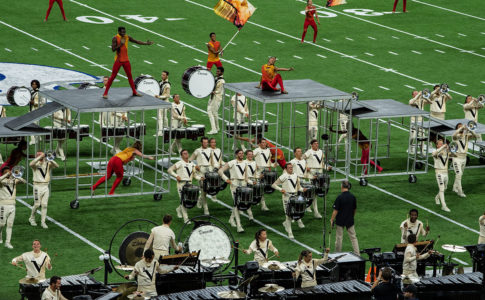As some of you may know, my primary gig is performing with Dave Matthews Band (DMB). One of the reasons I got the gig with DMB is because I can play all the saxes and flutes at a high level. When we are on tour, it is not unusual for me to play five or six instruments—all the saxes, flute, sometimes alto flute, and an occasional D whistle (Irish whistle)—in each performance.
So, how do I make the transition going from soprano to baritone to flute to alto back to bari to tenor to D whistle from one song to another and make it sound like whatever instrument I’m playing is my primary instrument?
Daily Practice
Every show day that I’m on the road, I play every instrument. I warm up on them; I do exercises. I make sure the reeds are playing well and that I have backup reeds ready. I make sure the horns are not leaking and the pads are not sticking. I make a general run-through of them all to be sure that whatever happens, I can’t blame the horn!
Separate Preparation
In general, I don’t really think of the saxes as being related to each other except that the fingerings are the same. I don’t think about how I play the soprano when I’m playing the bari or the alto when I’m playing the tenor. If you think about them as separate instruments that need a different embouchure and a different airstream, you are more likely to feel comfortable.
Flute is totally different than any of the saxophones and needs adjustments in your playing as such. You can’t wait half a tune to feel like you’re adjusted to the instrument. It needs to be immediate. I recommend playing all the horns as much as possible, so when you get called for a studio session playing lead alto, tenor, and bari with a solo on soprano, flute, and double clarinet, you’re ready to say, “YES!”


